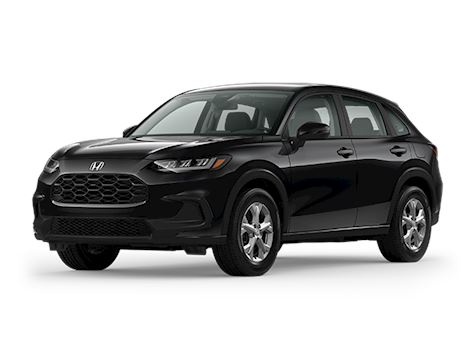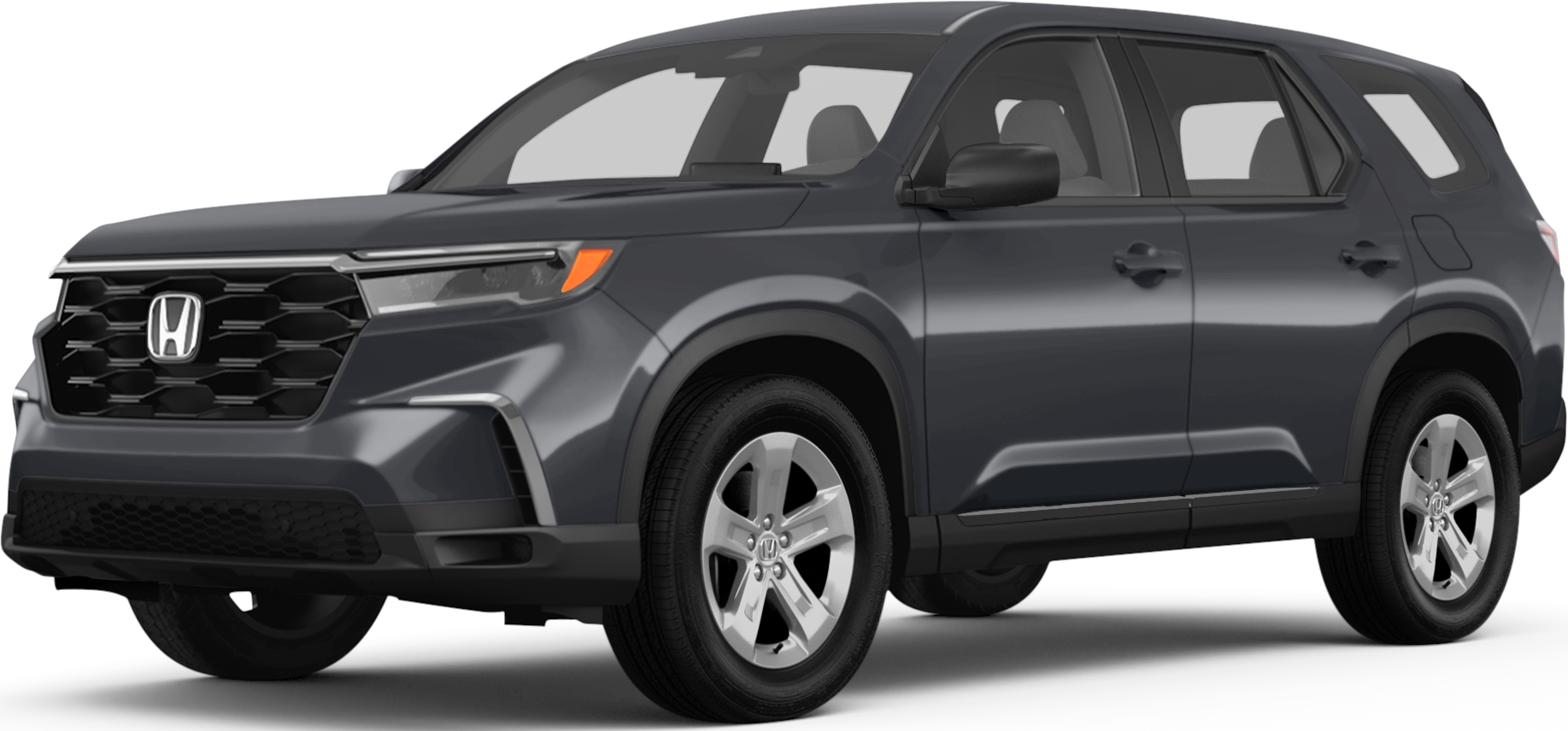The Evolution of Honda's Hybrid Technology
In recent years, many automobile brands have started to focus their efforts on hybrid technology. With an emphasis on creating fuel-efficient vehicles, automobile manufacturers aim to reduce their carbon footprint dramatically. Honda has been adapting its own hybrid technology for over twenty years to great success.
Honda Hybrids have always set a high bar for its competitors by offering well-designed and innovative models throughout the years. As Honda's hybrid technology has evolved, so have its performance capabilities. Recent Honda hybrids are often just as powerful and capable as their gas-engine counterparts.
As the world shifts into more environmentally sustainable fuel options, you'll want to consider Honda models. Since they've been perfecting their technology for years, Honda is likely to continue to be a leader in hybrid technology. We'll go over the evolution of this technology, current models, and what the future holds for Honda Hybrids.

The History of Honda Hybrids
Honda first began developing its hybrid technology in the late 1990s. Around this time, many automobile brands were beginning to explore hybrid technology. As more people were looking for different alternatives to the gas-guzzling models of the 80s, there was a burgeoning need for more fuel-efficient options. Though Toyota (Honda's main competitor) beat Honda to the market with a hybrid model, Honda soon followed suit with its own vehicle.
In 1999, Honda released the Insight–the brand's very first hybrid car. The Insight model was a popular hybrid, standing out from its competition due to its sleek design and efficiency. Compared to the competition of the time, the Insight outperformed other hybrid models because of its construction. The materials were made out of lightweight aluminum. Additionally, the sleek aerodynamic shape of the car reduced its drag, allowing for better fuel efficiency compared to the less aerodynamic models competitors offered.
After the launch of the Insight model, Honda continued to develop various hybrid models from existing popular models. The Honda Civic Hybrid was released in 2003, offering drivers great fuel efficiency. After the success of the Civic Hybrid, the brand also launched the Honda Accord Hybrid in 2005.
Around 2010, the brand decided to create a special hybrid vehicle instead of drawing upon current models. The brand created the unique CR-Z to stand above the competition with standard Honda infotainment features and great fuel efficiency.
By 2020, Honda's hybrid technology had begun to change. With one of the most innovative shifts in technology from previous generations, the Honda Clarity was developed. The Clarity's technology was different from previous generations, as it was the first model that allowed the car to run either entirely on its gas engine or completely on the hybrid engine. It also featured all of the great modern features drivers love, like the Honda infotainment system and standard safety technology
Current Honda Hybrid Models
Honda hybrids have come a long way since the late 90s. Early hybrid models emphasized the gas engine over the electric one. However, there has been a shift in technology that now allows current Honda hybrids to favor the electric motor over the gas engine. For most models that means the electric motor powers the car most of the time, but will use the gas engine for a power boost when needed.
The latest Honda hybrid models also feature other fuel-efficient aspects, such as regenerative braking and lightweight batteries. Regenerative braking is a process in which Honda's models are able to capture energy from braking and use it to power the battery. The lightweight battery also ensures the latest hybrid models aren't clunky. The light battery allows for better fuel efficiency and more interior space.
Today, two of the most popular Honda hybrids are the Accord Hybrid and the CR-V Hybrid. These stylish and sleek models have Honda infotainment systems, ample interior space, and the latest safety features. Both options are based on already popular gas models, so offering more fuel-efficient trim options makes sense. The 2023 Honda Accord EX-L Hybrid has an estimated 48 combined city//highway mpg rating. The CR-V has lower mpg ratings than the Accord, though this fact is due to its size as a midsize SUV. The CR-V Sport Touring Hybrid has an estimated 37 combined city/highway mpg rating, which is still an excellent rating considering its class size.

The Benefits of Honda's Hybrid Technology
There are many benefits to purchasing one of Honda's hybrid options. For starters, opting for a hybrid model is more eco-friendly as a dual powertrain reduces the number of emissions the car produces. You'll also enjoy more savings at the fuel pumps, as you won't need to spend as much money on gas. As gas prices continue to rise, these savings can add up over time. Additionally, though early hybrid models often didn't have many luxury features, advanced Honda infotainment systems and safety technology are now standard.
What Can We Expect From Honda's Hybrid Models in the Future?
As the world shifts towards more sustainable technology options, Honda continues to be a leader in innovation. From the technology in the early days to current models like the CR-V Hybrid, a lot of giant strides have been made in creating more efficient and environmentally friendly vehicles. As the automotive industry continues to place an emphasis on electric and hybrid cars, you can expect the Honda brand to keep up with its competition and offer the latest modern technology with great design features.
In general, hybrid technology, among all automobile brands, has come a long way since the 90s. Honda is no exception and has continually strived to progress and offer new hybrid technologies. When the Insight model was first launched in 1999, it would kick off the next 20 years of hybrid innovation. Today, some of the most popular current models are the Accord Hybrid and the CR-V Hybrid. These hybrid models offer excellent all-around performances, sleek designs, and modern technology. If you're interested in checking out these models, come to our dealership in Miami for a test drive and experience their performances for yourself.